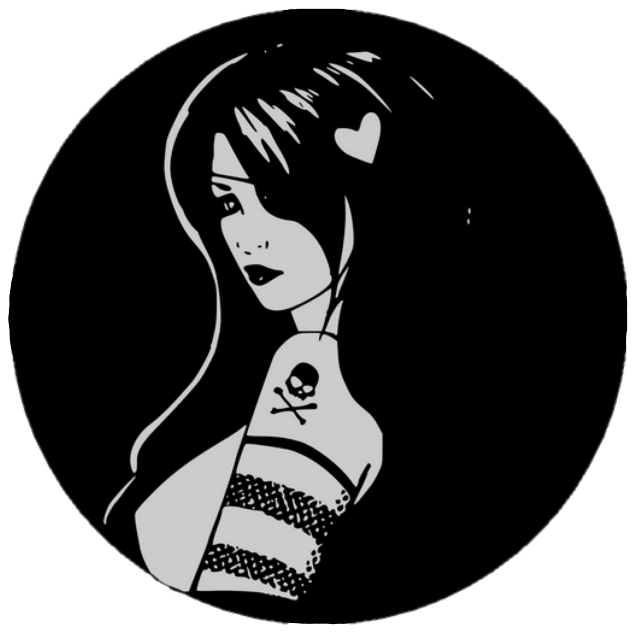The Veldriss (Vel-DRISS)
Goddess and Savior of Orosta
Ambient sounds courtesy of tosha73 and EminYILDIRIM
Greetings to those below. reetings to those below. I am Death, though Azrael is the name I was given. It seems we’ve stumbled across a theme here. First The Void, seen primarily in The Religion of Velherr. And then the scáth, also heavily used in The Religion of Velherr. I think we should just cut to the chase and talk about the goddess at the head of it all. Shall we? Well, then.
Of course, you would be right in thinking we have already discussed Vānima Anastil, because indeed we have, but this isn’t about her. This is about who the people believe her to be. This is about the goddess, the pharota of mirrors, the dragon-pharota, the savior of Orosta, the adoptive mother of the world. This is about the Veldriss.
Origins of a Title
It may surprise you to learn, those below, that the Veldriss was not always a religious term. It began as a military term believe it or not, and it was awarded to that singular soldier who displayed dragon-like ferocity on the battlefield. He or she was then named Veldriss, which means “dragon” in the Zishlyn tongue. With this in mind, there have been many Veldrisses throughout history. But, history will also remind you there is only one Vānima the Veldriss. Vānima Anastil was awarded the title of Veldriss during a vicious and decisive battle with the abomination race known as the gigantes. I was there that day, and I can tell you that, for once, it happened just as the legends tell. Vānima earned her title with a gruesome show of force, where she both won the war and terrified the people all at once. She—and bear with me as I say this, those below, because it is quite violent—reached inside the gigantes chieftain’s body with her mind and ripped the spine from his back. As he opened his mouth in a silent scream, she shoved his spine down his throat and made him eat it. The gigantes died after this, which I think will come as a surprise to no one. It was this terrifying display of power that won Vānima the title; however, it wouldn’t be for another nine years before the Veldriss as we know her today would rise to become the adopting mother goddess of the world.
The Arrival of a Goddess
Specifically, the Veldriss did not become a religious figure until after The Battle of the Royals Dead. You will remember, those below, that this particular battle was a horrific massacre where the Tressians—humans—slaughtered everyone in the entire kingdom of Rhyastil over the age of fifteen. It would have been a successful uprising for the humans if not for the arrival of the goddess. After this devastation, it is said a great black dragon descended from the heavens and appeared to those shivering children left alive. She explained how she had watched from her holy Realm of Velherr, horrified by what the humans had done, until she could bear it no longer. So she had broken divine tradition and come down to help those suffering survivors. So she swore to defend the children from those who would hurt them, to be their avenging protector. So she swore those who had committed this heinous act would be brought to justice. After this, she revealed herself to be Vānima Anastil reborn out of blood and death. So she was hailed Vānima the Veldriss, the draconian adoptive mother of the world. So it came to be that, together, she and her followers rebuilt the kingdom of Rhyastil. The Veldriss lifted her children from the ashes, gave them renewed purpose, and unified them under her sheltering wing. While I hate to admit it, I cannot lie and tell you the Veldriss did not keep her promises. She did keep them. Every single one of them, and indeed a lot of good was accomplished after so much death. For this reason, even I must concede the past is not as black and white as some would like it to be. I’ll leave you to decide for yourself what you think of that.
An Adoptive Mother
To understand what those who worship the Veldriss believe of her, you must understand what they also believe of Le Sair. Within the Velherr Tenants, the six holy books of The Religion of Velherr, it explains the goddess’s relationship with the world of Orosta. Interestingly, per these religious texts, the Veldriss has never once claimed to be the creator of the world. Indeed, she directly acknowledges in the texts she is not the creator, and true to what the dragons have always said about the dawn of the world, it is indeed my master Le Sair who formed Orosta. However, the texts explain the typical absent nature of the divine, and they highlight the goddess’s unique choice to break with divine tradition and descend to the created world. The Veldriss, so say the texts, is not like Le Sair. She is not an absent goddess, and in fact she has adopted the world in Le Sair’s stead. This is why she refers to her worshippers as her adopted children, and why they in turn hail her as their adoptive mother. So you see, I admit it is a rather unique perspective to take. It is not a religion concerned with what was as so many are. Indeed it does not have a creation myth to speak of for the most part. No one seems to care about that. It is, instead, a religion that dismisses what was in exchange for what is and what will be. It is a religion built by the grieving hearts of orphans. The Veldriss stands as a beacon of hope, a symbol of salvation, a place of belonging for those lost children abandoned by their creator. The Veldriss, quite simply, is who those lost children called home.
The Unicorn Who Would Stop Her
But, it seems there is some unwritten law that says wherever there is a hero, so must there also be a villain. And indeed, it is believed the Veldriss’s unique choice to adopt the world of Orosta and betray divine tradition won her some enemies. Specifically, it is believed the Black Unicorn, the Veldriss’s own sister Anāriel Anastil, is the Veldriss’s ultimate adversary. You see, the unicorn as a creature is not the beautiful symbol of purity many of you no doubt believe it to be, those below. Perhaps in the land of elsewhere it is so, but in the world of Orosta, the unicorn is the ultimate symbol of evil. So you can see how, with an epithet like that, Anāriel Anastil the Black Unicorn is a symbol of terrifying dread. It is said when the unicorn rides from the east, it will mean the end of all things. Some believe a great battle will be held between the unicorn and the goddess. Still others believe it is a constant effort to avoid the battle, and if it ever did happen, the world would end as it did before. But at least there is one small comfort in all this.
Her Attending Trinity
If a battle ever did take place, of course it would not just be the goddess battling this infamous Black Unicorn alone. Because, you see, when she first descended from her Realm of Velherr, it is believed the Veldriss brought with her, her attending trinity. They are:
- The Veldriss's Voice
- The Veldriss's Shadow
- Cazdaerni the Black Enchantress
Book Information
To learn more, hop on over to the books page OR hop on over to the teaser and get a sneak peek of Chapter 1! For more articles like this one, have a peek at my Worldbuilding Journal and explore Orosta.
Related Articles

Original image by OpenClipart-Vectors from Pixabay
Modified by J. L. Gryphon
Modified by J. L. Gryphon
Divine Classification
Deity
Religions
Ethnicity
Other Ethnicities/Cultures
Realm
Church/Cult
Honorary & Occupational Titles
- Her Majesty Pharota Vānima the Veldriss of the Royal House Anastil
- Divine Daughter of Velherr
- Our Mother Protector
- The Savior of Rhye
- The Goddess-Pharota
- The Dragon-Pharota
- Pharota of Mirrors
- The True Immortal
- Empress of Rhyastil
Children
Current Residence
The White Citadel
Gender
Female
Aligned Organization
Other Affiliations
- The Veldriss's Voice
- The Veldriss's Shadow
- Cazdaerni the Black Enchantress
- The Veldriss’s Ear
- The Veldriss’s Hands
- The Veldriss’s Eyes
- The Veldriss’s Heart
- Vyash priests/priestesses
Elf
Believed Spiritual Species
Dragon
Date of Biological Birth
The Month of Kafziel, Day 23, 14716 NS
Date of Divine Rebirth
The Month of Asmodos, Day 6, 14851 NS
Life
Immortal
Biological Parents
Xanāra Anastil
Ethäes Anastil
Believed Spiritual Parent
Velherr the Night Mother
Biological Siblings
Seeré Anastil
Anāriel Anastil
Believed Spiritual Siblings
The Lost Prince
The Black Unicorn
Birthplace
The White Citadel
Believed Spiritual Birthplace
The Realm of Velherr
Related Species
Elves
Tressians
Jeenta
Undine
Hags
Hok
Rill
Gigantes
Related Ethnicities
Rhyonian
Zurrinaih
Sithuwaye
Official Languages
Orostian
Zishlyn
Lingua












Comments